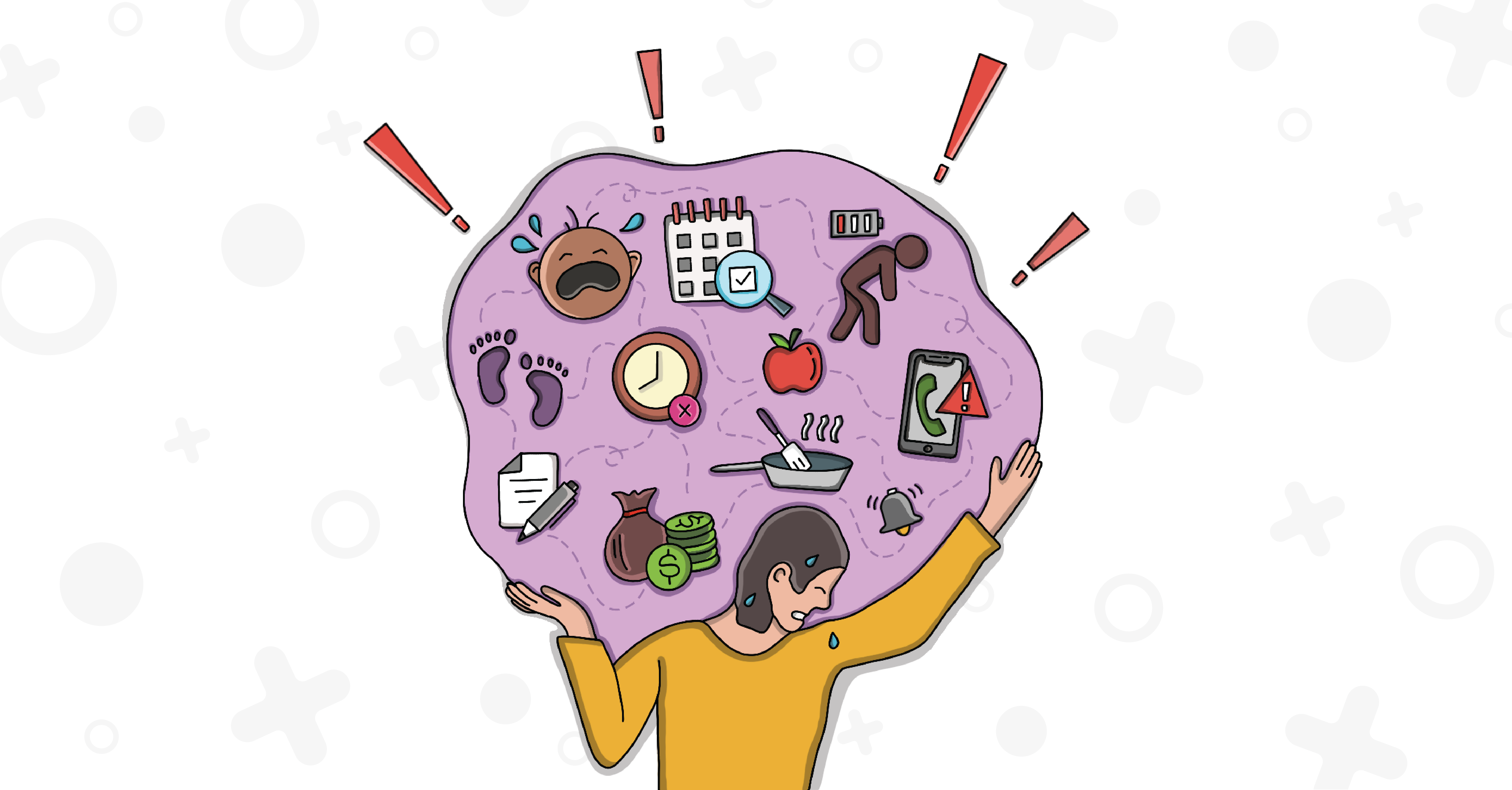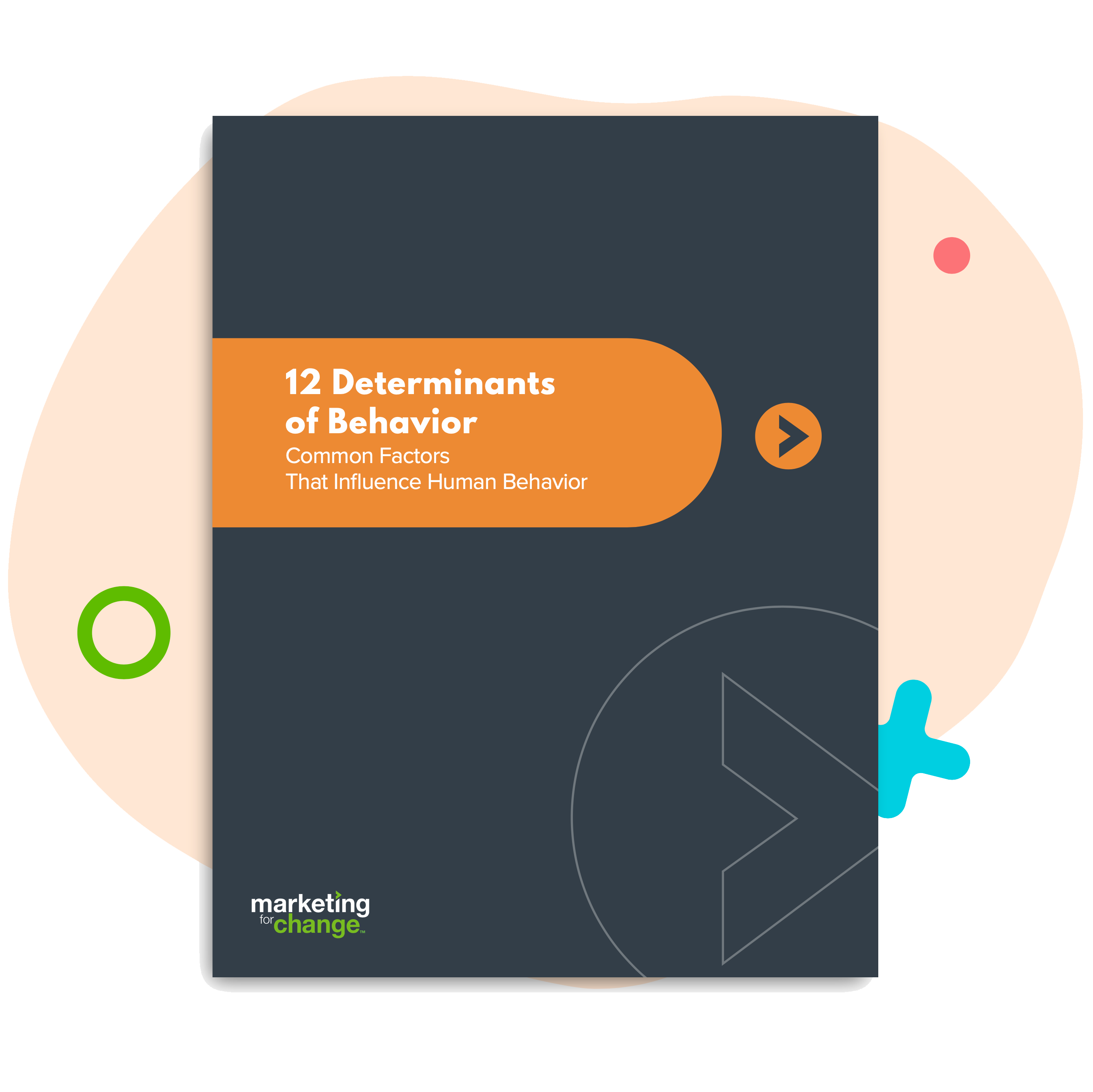
Why Branding Isn’t a Four-Letter Word
This article about how Gainesville, Fla., is “debranding” itself was shared in our office the other day. While I appreciate the “human-centered design” approach they are taking “where the focus is not on any logo, tagline, or visual effect” (led by the great people at IDEO and a local Gainesville branding agency Parisleaf) the term “debranding” made me ruffle my brow and think –– wait, this is just branding.
Branding these days is often seen as a four-letter word. You all know the one I’m talking about. L-o-g-o.
I worry the term “debranding” when used in this sense only reinforces that misconception. Yes, logos are part of your brand. But brands are so much more than that. Branding is everything that influences the way people formulate an idea or image of a company, organization, city, store, product and even people (this blog post, for example, is a representation of my own personal brand).
Establishing the brand personality is just as important, if not more so, than the logo (in the same way I like to think people’s personality is more important than their outward appearance). That’s why a branding effort should start with establishing not the brand look and feel but rather the characteristics of the brand’s personality, identity and tone.

“Good. To Go.” is a brand we developed for The Health Trust in San Jose. Our challenge was to build a brand that encouraged San Jose’s inner city residents to choose healthy food options at their local corner stores and food stands. From years of obesity-related research, we knew that while pretty much everyone would like to be healthier “someday,” when standing at the counter after a long day at work, what they want is something that will make them feel good right now. So, we dropped “healthy” from the brand and instead focused on “Fun. Fast. Fresh.” We also knew that the logo (as much as we like it) isn’t what would drive the brand. The brand (and its de-emphasis of “healthy”) would live or die by the sales clerk at each store and stand. We armed them with recipes to hand out and giveaways to kids to emphasize the fun and helpful nature of the brand. And our brand guide included simple language tips such as “say this, not that.”

All that said, I agree with the strategy of the Gainsville project — “where the focus is not on any logo, tagline, or visual effect.” I would just argue — it’s all still branding.

As a behavior change agency, we start our branding process by asking: What do we want this brand to do? Not what we want the brand to look like or what we want the brand to represent. The operative question for our branding process is what behavior we want the brand to encourage. Our process connects an organization’s real assets to what’s likely to motivate a target audience to take action. We focus on the intersection of three factors:
- The cluster of actions the brand should inspire the target audiences to take;
- The wants and needs of the target audiences; and
- What value the brand truly offer.

In short, we use branding as a tool to drive change.
In any communications effort branding is now a standard practice. I challenge you to think of branding not as a visual veneer or even something you must do to define who you are — but a powerful tool to help you meet your goal. For Gainesville, this branding (or debranding) is part of an effort to help them meeting their goal “to become the most citizen-friendly city in the country.” I’m looking forward to seeing the results.

Karen Ong Barone is Principal + Executive Creative Director at Marketing for Change.





